Fish tail birds nest fern (single plant)
Original price was: ₹399.₹315Current price is: ₹315.
Out of stock
Email when stock available
Description
In India, we can sell Fish tail birds nest fern (single plant) via online delivery systems to any states including Andhra Pradesh, Arunachal Pradesh, Assam, Bihar, Chhattisgarh, Goa, Gujarat, Haryana, Himachal Pradesh, Jammu & Kashmir, Jharkhand, Karnataka, Kerala, Madhya Pradesh, Maharashtra, Manipur, Meghalaya, Mizoram, Nagaland, Odisha (Orissa), Punjab, Rajasthan, Sikkim, Tamil Nadu, Telangana, Tripura, Uttar Pradesh, Uttarakhand, and West Bengal.
The “Fish Tail” Bird’s Nest Fern, scientifically known as Asplenium nidus ‘Crissie’, is a popular variety of the Bird’s Nest Fern plant. Bird’s Nest Ferns belong to the genus Asplenium and are known for their distinctive growth pattern and lush, tropical appearance. The common name “Bird’s Nest Fern” comes from the way the fronds (leaves) of the plant grow in a circular arrangement, resembling a bird’s nest.
The Fish Tail variety, in particular, gets its name from the unique shape of its fronds. Instead of the typical broad and flat fronds found in most Bird’s Nest Ferns, the fronds of the Fish Tail variety have a distinctive, finely divided appearance that somewhat resembles the tail fin of a fish. This gives the plant its characteristic and visually interesting appearance.
Here are some key features and care tips for the Fish Tail Bird’s Nest Fern:
- Appearance: The fronds of the Fish Tail Bird’s Nest Fern are deeply divided and resemble the shape of a fish’s tail fin. The individual segments of the fronds have a wavy or crinkled texture, adding to the fern’s unique and ornamental appearance.
- Size: The size of the fern can vary, but it generally reaches a height of around 2 to 3 feet and a spread of about 2 to 4 feet.
- Light Requirements: Fish Tail Bird’s Nest Ferns prefer bright, indirect light. They can tolerate some morning sunlight, but direct, harsh sunlight should be avoided as it can scorch the delicate fronds.
- Watering: These ferns like consistently moist soil, but they don’t like to sit in waterlogged conditions. Water when the top inch of the soil feels slightly dry to the touch. Mist the fronds regularly to provide them with the humidity they thrive in.
- Humidity: High humidity is essential for the well-being of Fish Tail Bird’s Nest Ferns. If you’re growing them indoors, consider using a humidity tray or placing a humidifier nearby.
- Temperature: They prefer warm temperatures and can be damaged by cold drafts. Aim to keep the temperature above 60°F (15°C).
- Soil: Well-draining, rich, and slightly acidic soil is ideal. You can use a mix of peat moss, perlite, and pine bark.
- Fertilizing: Feed the fern with a diluted, balanced liquid fertilizer during the growing season (spring and summer) about once a month.
- Propagation: Bird’s Nest Ferns can be propagated by dividing the plant when repotting. Each division should have a few fronds and a portion of the root system.
- Pests and Diseases: Keep an eye out for pests like mealybugs and scale insects. Regularly inspect the fronds for signs of damage or infestations.
Fish Tail Bird’s Nest Ferns make fantastic indoor ornamental plants and can add a touch of tropical elegance to your home or office. With proper care and attention to their specific needs, these ferns can thrive and become a beautiful focal point in your space.
Only logged in customers who have purchased this product may leave a review.

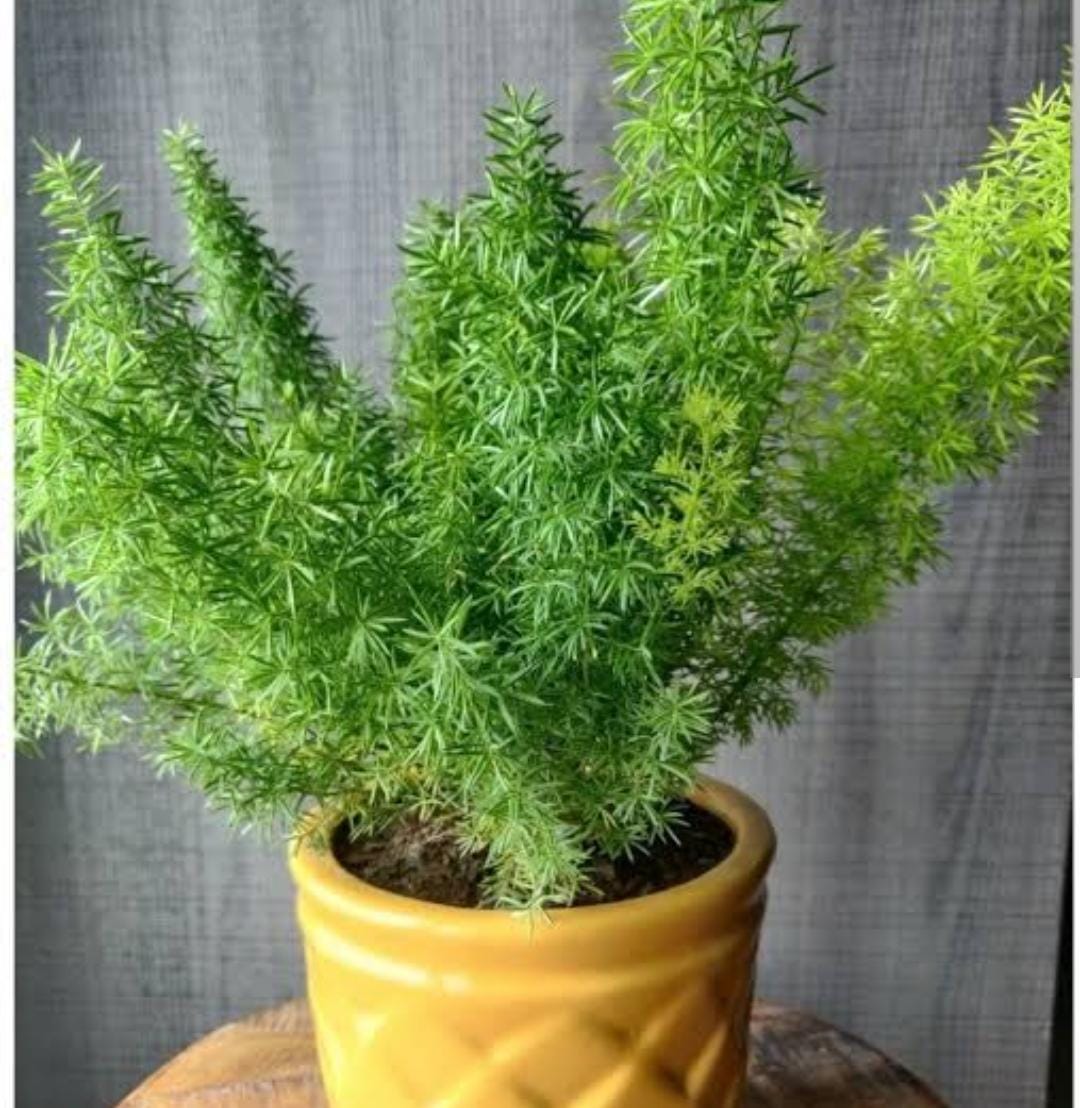
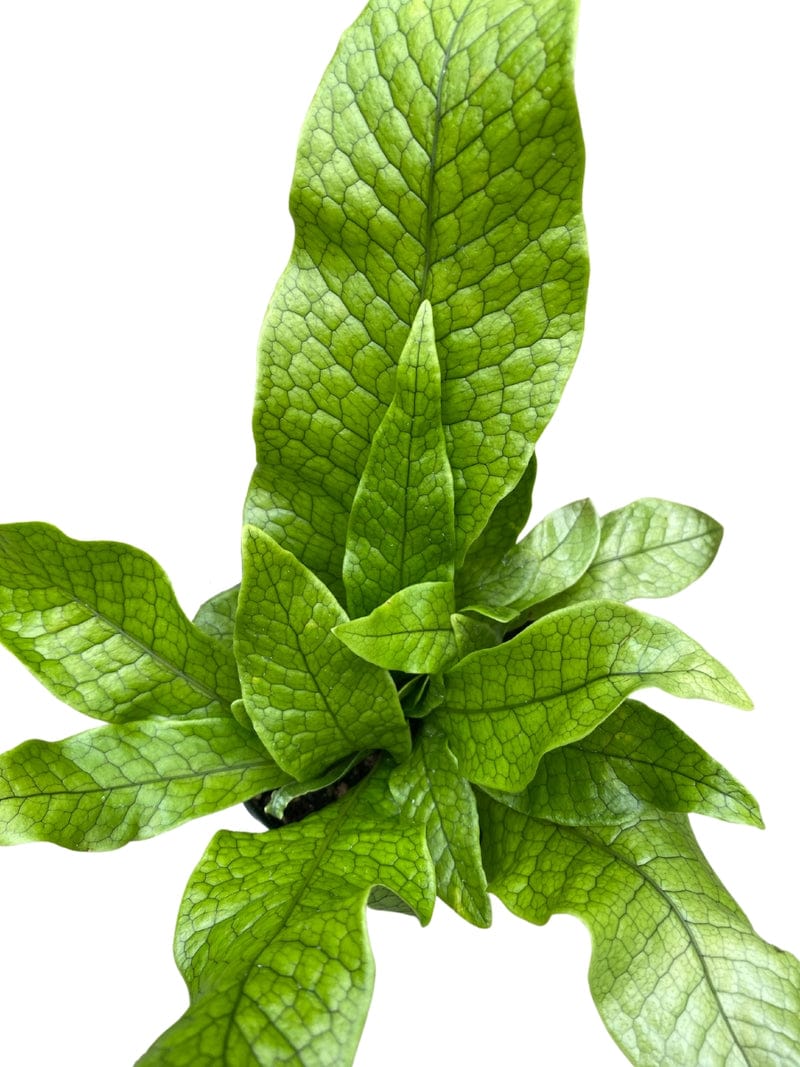
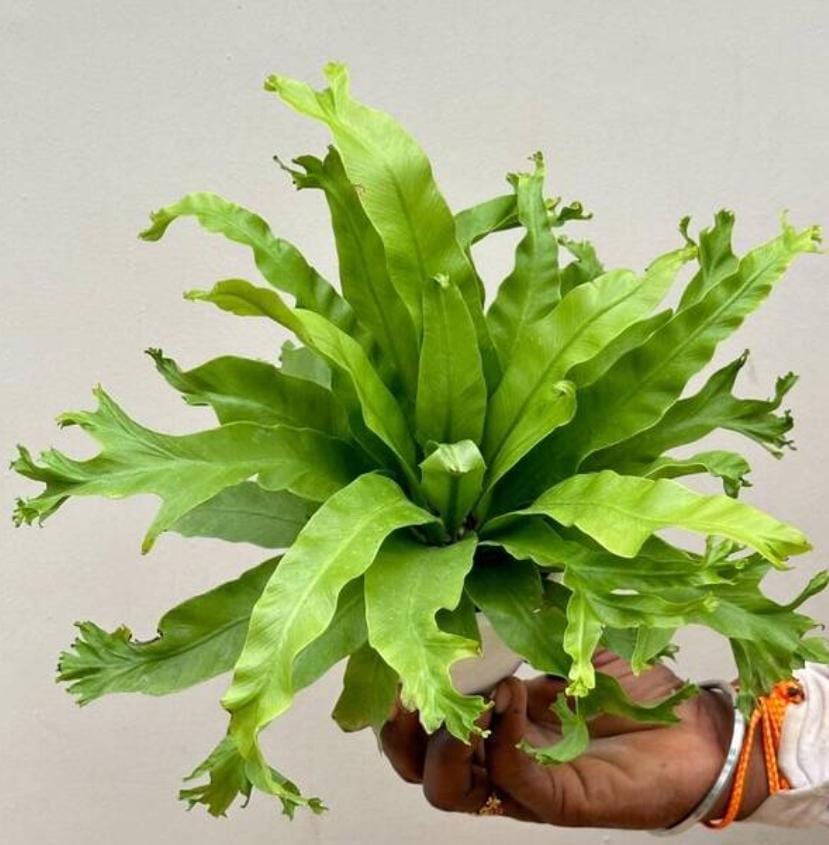
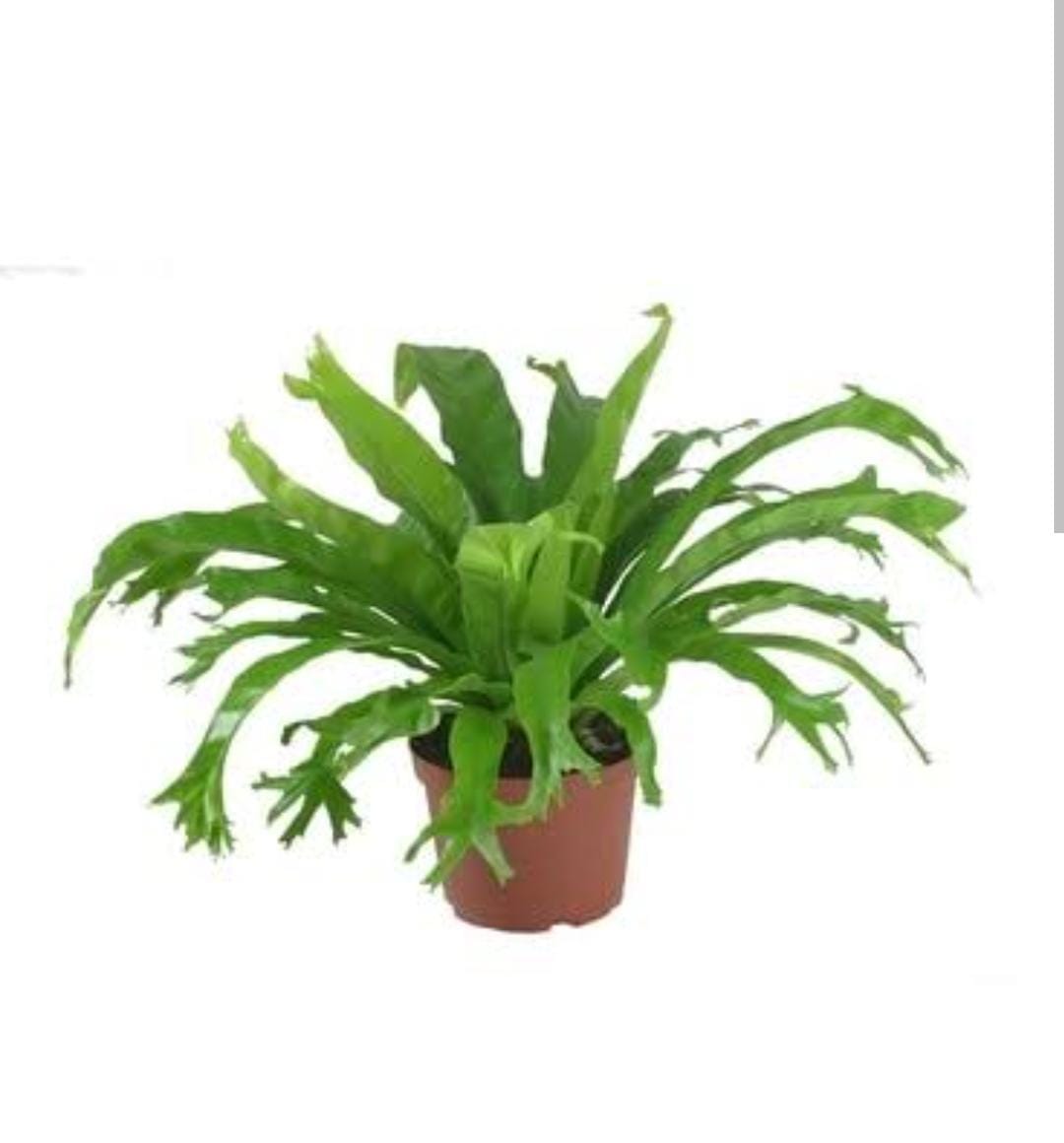
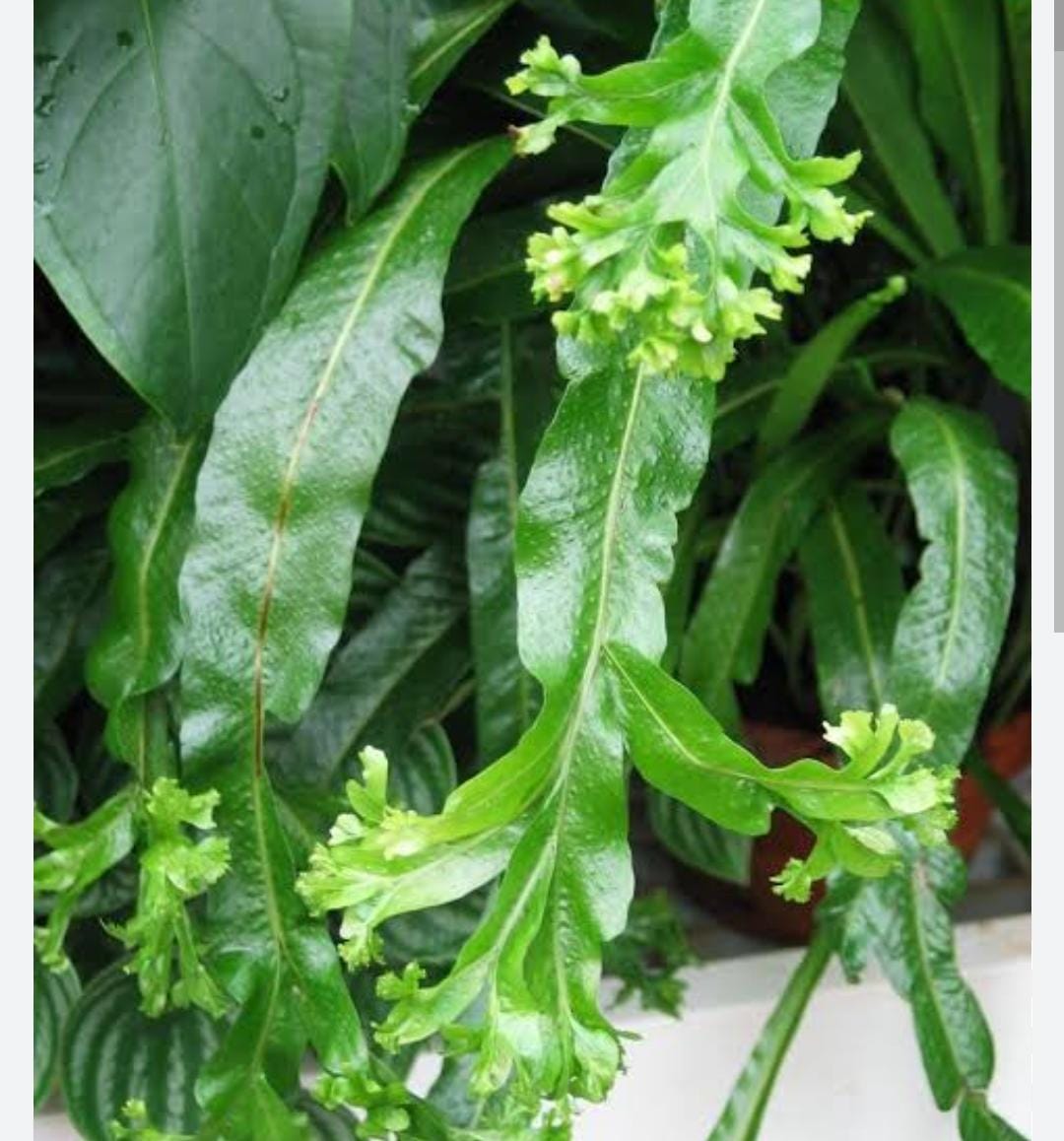
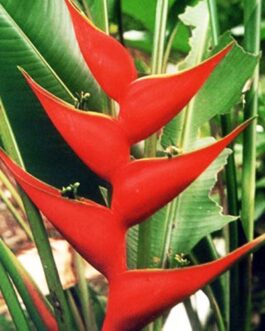
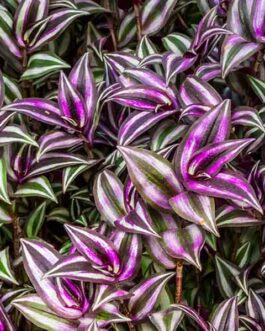

Reviews
There are no reviews yet.